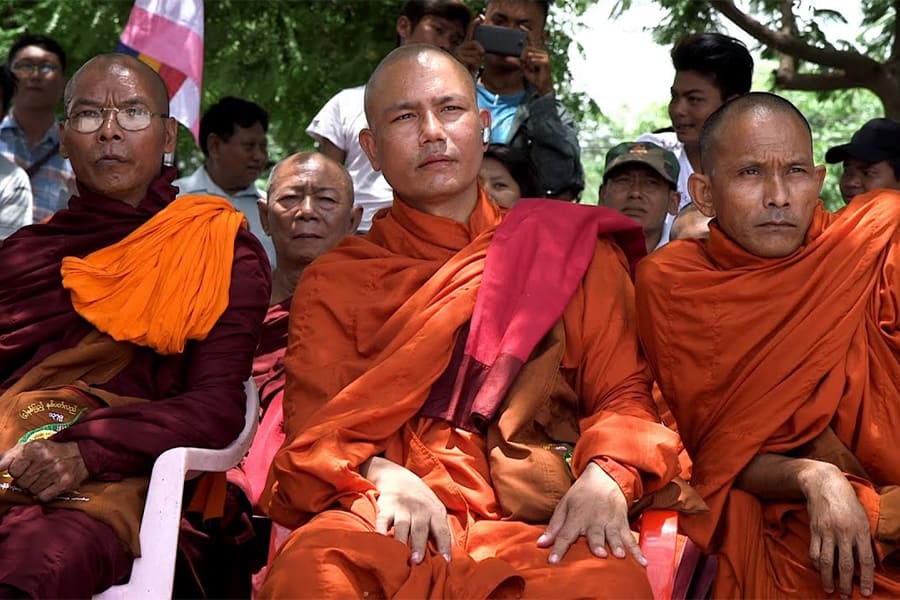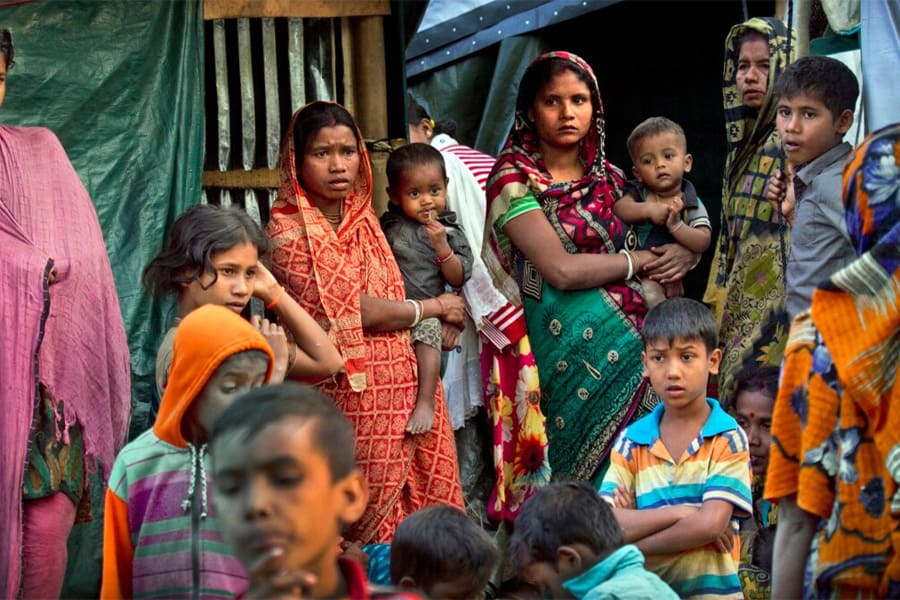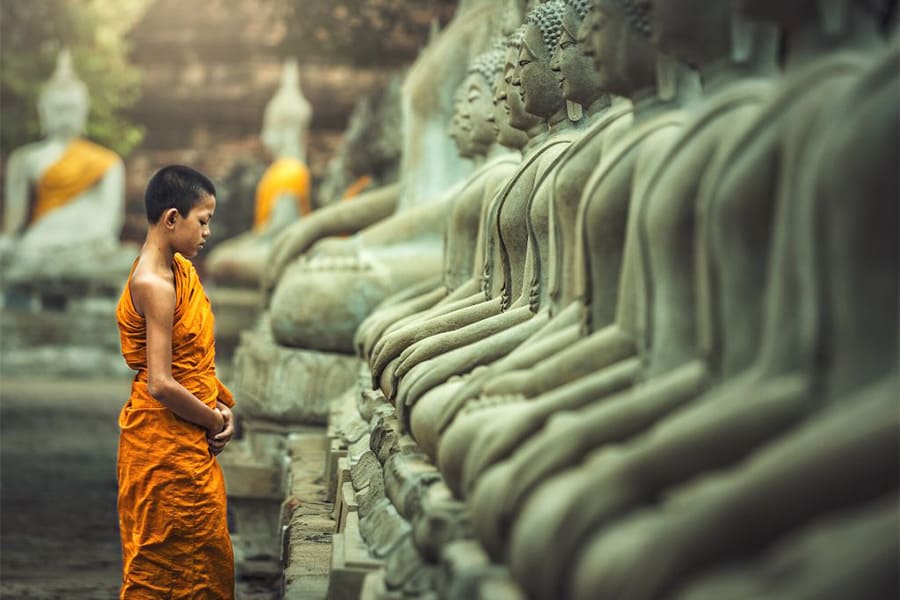Myanmar, a land of golden pagodas and vibrant traditions, is deeply rooted in its spiritual heritage, making religion an integral part of its cultural identity. Exploring Myanmar religion through a well-crafted Myanmar tour package offers travelers a unique opportunity to witness the profound influence of faith on daily life, architecture, and festivals. Known historically as Burma, this Southeast Asian nation blends ancient beliefs with modern practices, shaped by centuries of interaction with neighboring India, China, and Thailand. Religion Myanmar, dominated by Theravada Buddhism yet enriched by diverse minority faiths, serves as a moral and cultural cornerstone, guiding the lives of over 90% of its people.
Introduction to Myanmar Religion
Myanmar religion, deeply woven into the nation’s cultural and historical fabric, shapes the identity of this Southeast Asian country. Known historically as Burma, Myanmar hosts a vibrant spiritual landscape where ancient traditions merge with modern practices, influencing governance, social norms, and daily life. Burma Myanmar religion reflects influences from neighboring India, China, and Thailand, creating a unique blend of faiths. Religion Myanmar remains a cornerstone of society, with over 90% of the population adhering to some form of faith, fostering unity and moral guidance amidst political and economic challenges.
Historical Background of Burma Myanmar Religion
The history of Burma Myanmar religion traces back to the Pyu city-states around the 2nd century BCE, where early spiritual practices emerged. Hinduism, introduced by Indian traders, influenced early kingdoms with concepts of kingship and cosmology, evident in Sanskrit-derived scripts and temple designs. By the 3rd century CE, Buddhism took root among the Mon people in Lower Myanmar through Indian trade routes. The iconic Shwedagon Pagoda in Yangon, legendarily built during the Buddha’s lifetime, marks this period, though historians date organized Buddhism to the 11th century under King Anawrahta of Bagan. Anawrahta championed Theravada Buddhism, suppressing the tantric Ari sect and blending indigenous nat (spirit) worship into Buddhist practices, forming a syncretic Burma Myanmar religion.
British colonial rule (1824–1948) introduced Christianity via missionaries and increased Muslim and Hindu populations through Indian immigration. Post-independence in 1948, General Ne Win’s xenophobic policies in the 1960s expelled many Indian and Chinese communities, impacting Hindu and Muslim demographics. The 1988 pro-democracy uprisings and the 2007 Saffron Revolution, led by Buddhist monks, highlighted religion’s political role. Recent conflicts, like the Rohingya crisis since 2017, underscore tensions within Myanmar religion, where ethno-religious identities fuel divisions.
The Role of Religion in Myanmar Society and Culture
Religion Myanmar is a moral and social anchor, unifying over 135 ethnic groups. The 2008 Constitution recognizes Buddhism’s “special position” as the majority faith, shaping education, festivals, and politics. Buddhist monks, revered as moral authorities, influence public opinion and historically advised leaders. Religion permeates culture, inspiring art, literature, and architecture, such as the golden stupas dotting the landscape. However, minority faiths face discrimination, with laws restricting interfaith marriages and conversions. In rural areas, religion fosters community through rituals, while in urban centers, it adapts to globalization. Myanmar religion promotes values like karma and compassion, guiding interpersonal relations and national identity.
Major Religions in Myanmar
Myanmar’s religious diversity reflects its ethnic mosaic, with Buddhism dominating alongside notable minority faiths, as per the 2014 Myanmar Census.
Buddhism – The Dominant Myanmar Religion
Buddhism is the heart of Myanmar religion, embodying the spiritual essence for most citizens.
Buddhism and Myanmar Religion Percentage
Buddhism accounts for 87.9% of Myanmar’s religious affiliation, the dominant faith across regions like Mandalay and Yangon, where adherence exceeds 95%.
Buddhism in Myanmar Population by Religion
With a population of approximately 55 million in 2025, about 48 million identify as Buddhists. This includes ethnic Bamar (68% of the population), Shan, Mon, and Rakhine, who practice Theravada Buddhism, with some Chinese communities blending Mahayana elements.
Christianity in Myanmar
Introduced by Portuguese missionaries in the 16th century and expanded under British rule, Christianity is the second-largest religion.
Christianity and Myanmar Religion Percentage
Christians make up 6.2% of the population, with Protestants (mainly Baptists) comprising about 80% of this group and Roman Catholics the rest.
Christian Myanmar Religion Population
Roughly 3.4 million Christians live in Myanmar, concentrated in Chin (85.4% Christian), Kachin, and Kayin (Karen) states.
Islam in Myanmar
Islam, brought by Arab and Indian traders in the 9th century, grew under British rule with Indian immigration.
Islam and Myanmar Religion Percentage
Muslims constitute 4.3% of the population, though this figure is contested due to the exclusion of some Rohingya from the 2014 Census.
Muslim Myanmar Population by Religion
Approximately 2.4 million Muslims reside in Myanmar, primarily Rohingya in Rakhine State, alongside ethnic Burmese and Indian Muslims in urban areas.
Hinduism and Other Minority Faiths
Hinduism and smaller faiths add to Myanmar’s religious diversity.
Hinduism in Myanmar Religion Population
Hindus represent 0.5% of the population, about 275,000 people, mostly ethnic Tamils and Bengalis in Yangon and Mandalay.
Indigenous Beliefs and Small Communities
Animist beliefs, centered on nat worship, account for 1% of the population (550,000 people), practiced by ethnic groups like the Karen and Kachin. Small communities of Sikhs, Jains, and Baha’is, numbering under 50,000 combined, also exist.
Buddhism as the Core of Burma Myanmar Religion
Theravada Buddhism defines Burma Myanmar religion, shaping spiritual and societal norms.
Theravada Buddhism Traditions and Practices
Theravada Buddhism, emphasizing the Pali Canon, focuses on meditation, merit-making, and ethical living. Practices include daily almsgiving to monks, meditation retreats, and adherence to the Five Precepts. Temples like Mahamuni in Mandalay host rituals where devotees offer gold leaf to Buddha statues, believed to accrue merit for better rebirth.
Monastic Life and Its Influence on Society
Monastic life is central to Myanmar religion, with over 500,000 monks and nuns. Monasteries serve as educational and spiritual hubs, teaching literacy and Buddhist doctrine. Monks influence social issues, from education to political activism, as seen in the 2007 Saffron Revolution. Temporary ordination, where young men enter monasteries briefly, reinforces cultural ties.
Religious Festivals and Pagoda Culture
Festivals like Thingyan (Water Festival) and Thadingyut (Festival of Lights) blend Buddhist values with communal joy. Pagodas, such as Shwedagon and Kyaiktiyo, are pilgrimage sites where devotees pray, meditate, and offer donations. Pagoda culture fosters community, with markets and festivals around these sites driving local economies.
Myanmar Religion and Daily Life
Myanmar religion shapes everyday experiences, from rituals to artistic expression.
Rituals, Festivals, and Traditions
Daily rituals include offering food to monks and praying at home altars. Festivals like Wesak, celebrating the Buddha’s birth, enlightenment, and death, involve temple visits and charity. Nat worship integrates with Buddhism, with rituals at nat shrines to appease spirits for protection or prosperity.
Influence on Arts, Architecture, and Literature
Myanmar religion inspires intricate temple architecture, like Bagan’s 11th-century pagodas, adorned with murals depicting Buddhist stories. Literature, such as the Jataka tales, shapes moral narratives, while traditional arts like thanaka painting and puppetry reflect religious themes. Modern literature often explores tensions between Buddhist ideals and societal challenges, enriching Myanmar’s cultural heritage.








